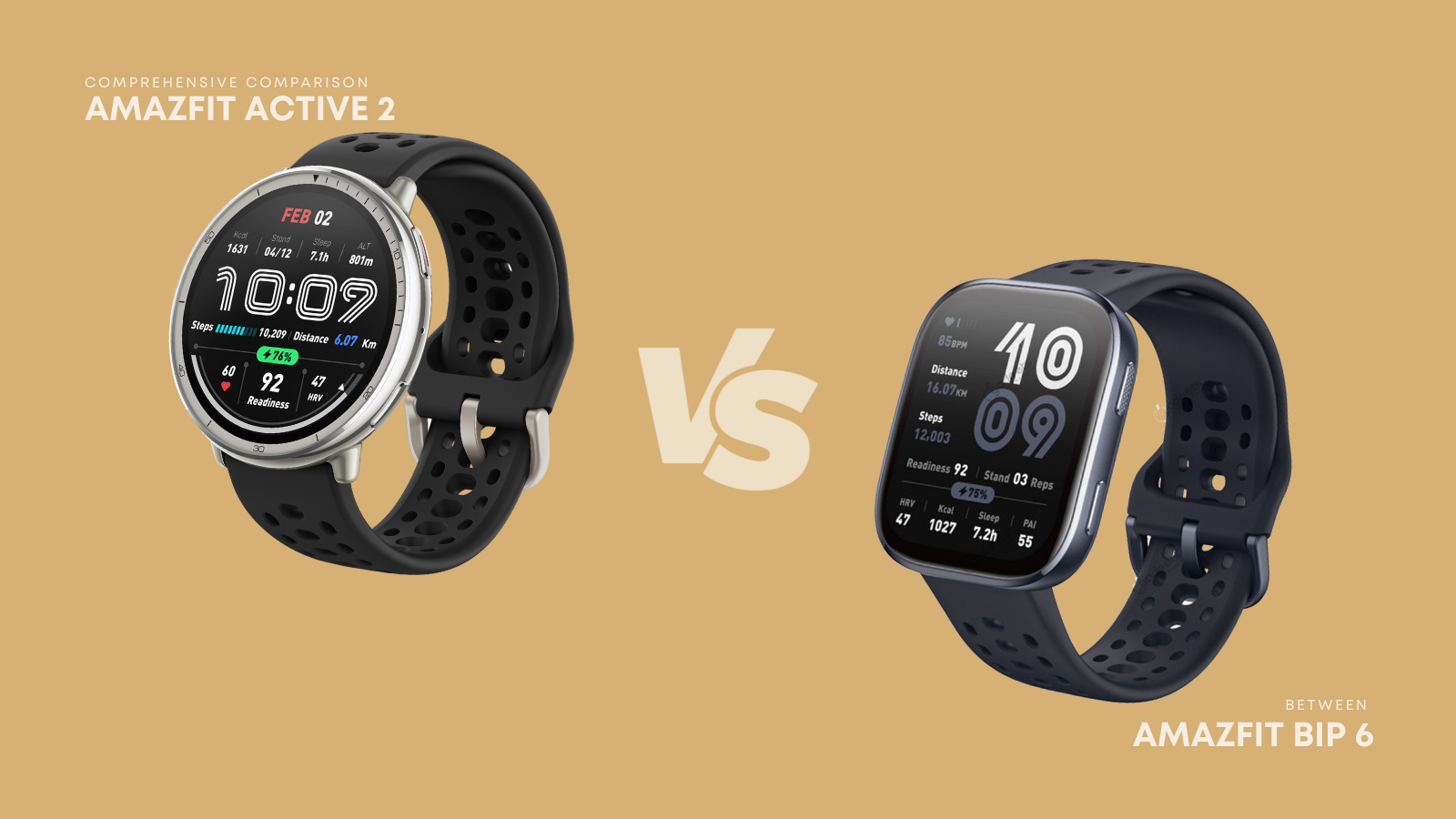Have you ever wondered, Amazfit Active 2 vs Bip 6, which one reigns supreme in the world of budget-friendly smartwatches?
In this in-depth comparison, I’ll walk you through every detail—design, display, battery life, fitness tracking, and more—so you can make an informed decision without breaking the bank.
Related:Huawei Watch Fit 4 Review
Design & Build Quality
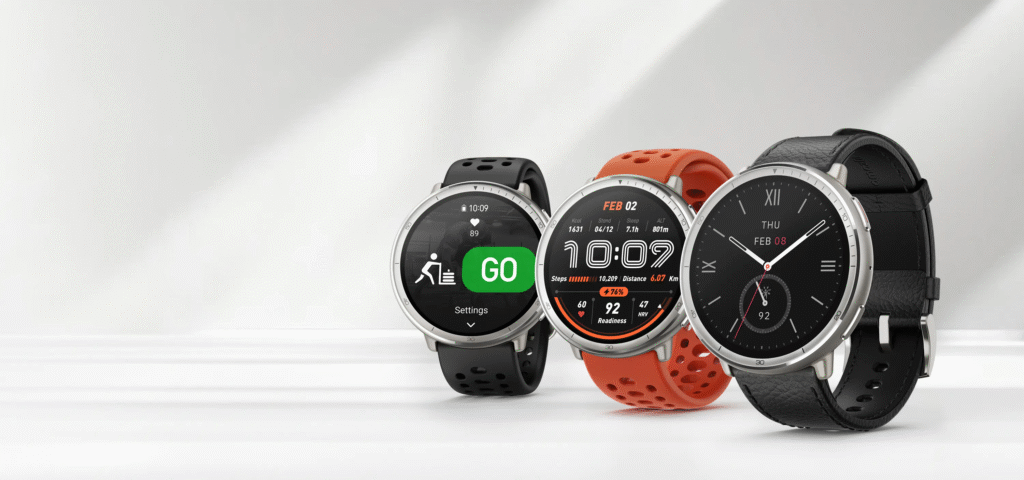
When you strap a smartwatch on your wrist all day, comfort and style aren’t optional—they’re essential. I’ve spent weeks wearing both the Amazfit Active 2 and the Bip 6, and here’s how they measure up.
The Amazfit Active 2 features a 43.9 × 43.9 × 9.9 mm stainless-steel bezel, paired with a durable polymer mid-frame that strikes the perfect balance between premium heft and everyday comfort. Weighing just 29.5 g (or 31.65 g with the premium leather strap), it never felt like a cumbersome accessory.
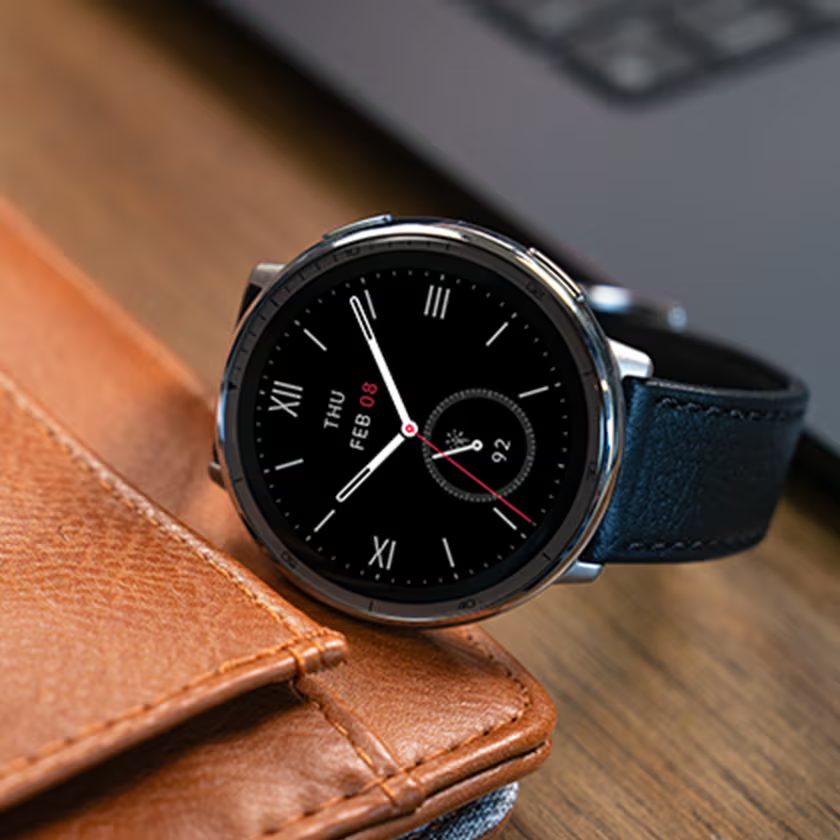
The two side buttons deliver satisfying tactile feedback: the top one powers on the screen and launches workouts, while the customizable bottom button makes shortcuts a breeze. I swapped out the silicone strap for the leather option during office hours, and the look seamlessly transitioned from sporty to sophisticated.
By contrast, the Amazfit Bip 6 embraces a squarish silhouette with 46.3 × 40.2 × 10.45 mm dimensions, housing an aluminum-alloy and fiber-reinforced polymer case that clocks in at a featherlight 27.9 g.
Its integrated quick-release silicone band wraps snugly around my wrist without any pinching, making it perfect for non-stop wear—even during my most intense workouts. The two programmable side buttons are crisp under my thumb and never wobble, no matter how vigorously I exercised.
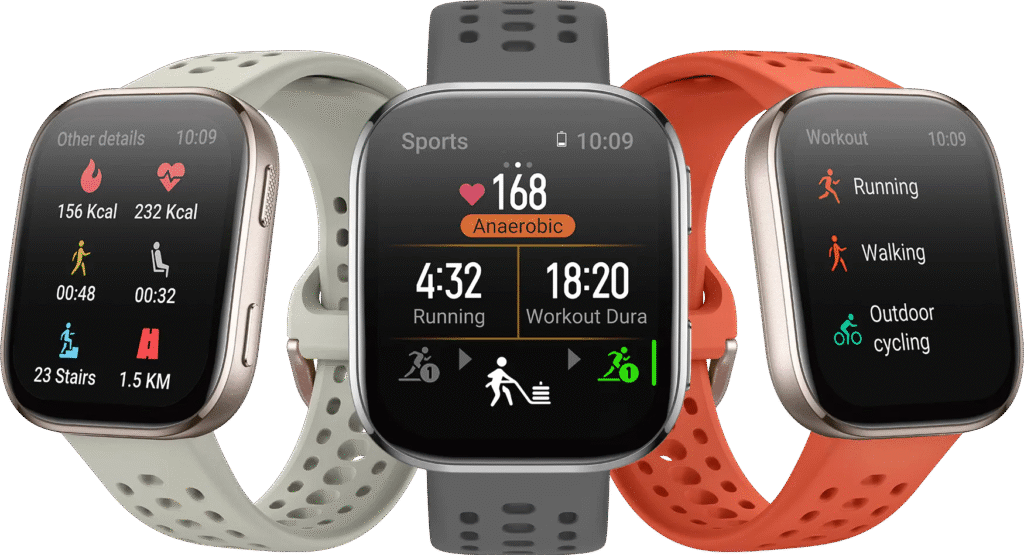
Both watches boast 5 ATM water resistance, which means I could swim laps and shower without a hint of worry. If you value a more traditional, premium look and the option to dress up for work, the Active 2’s stainless-steel trim and leather strap give it an edge.
But if you prioritize lightweight comfort and a modern, minimalist aesthetic, the Bip 6’s aluminum frame and sleek silicone band might just be your ideal match.
Display & Screen Quality
Your smartwatch’s display is its window to notifications, fitness stats, and daily prompts. A great screen can make or break the experience.
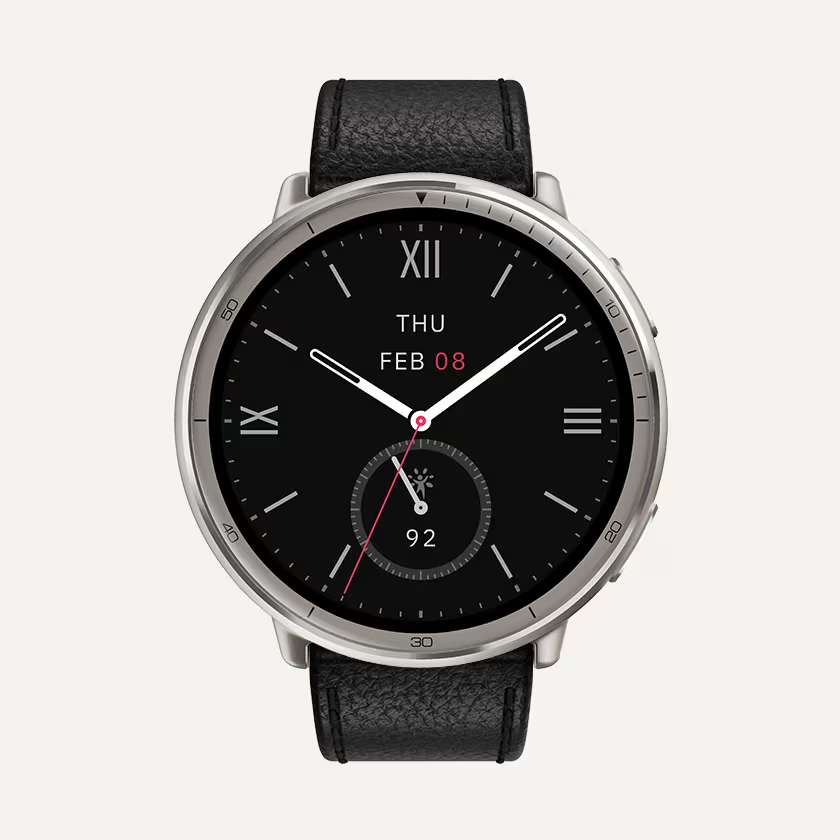
On the Amazfit Active 2, you get a 1.32-inch AMOLED panel with 466 × 466 px resolution—translating to 353 ppi—and an eye-searing 2,000 nits peak brightness.
I found myself never squinting under direct sunlight, and the anti-fingerprint coating kept smudges at bay. The round screen perfectly complements analog-style watch faces, and each swipe across the tempered glass is met with a convincing haptic “click.” Colors are vivid, blacks are inky, and the touch response feels utterly precise.

The Amazfit Bip 6, however, stretches the boundaries with its 1.97-inch AMOLED display at 390 × 450 px, also peaking at 2,000 nits.
The square form factor means more lines of text fit onscreen—ideal for reading longer notifications or scanning workout metrics at a glance. The flat tempered glass offers a modern look, though I did notice slight glare at extreme angles. Still, at well under $100, this is the most generous display real estate I’ve tested in the budget smartwatch category.
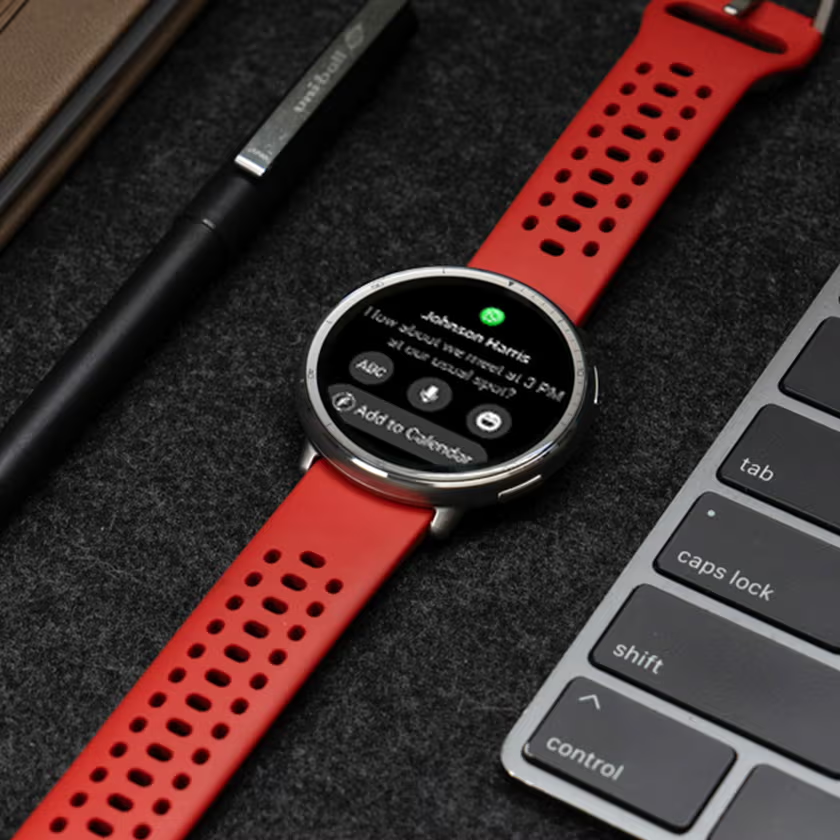
Here’s a quick specs snapshot:
- Active 2 Display:
- 1.32″ AMOLED, 466 × 466 px (353 ppi)
- 2,000 nits peak brightness
- Circular, tempered glass with anti-fingerprint coating
- Bip 6 Display:
- 1.97″ AMOLED, 390 × 450 px
- 2,000 nits peak brightness
- Flat, tempered glass front
If razor-sharp text and a classic round format are your jam, the Active 2’s high-dpi screen excels. But for maximum information density and that bold, modern vibe, the Bip 6’s expansive square display wins out.
Performance & Software Experience
No matter how pretty the hardware, a clunky interface can ruin the experience. Thankfully, Amazfit’s Zepp OS strikes a smart balance between fluid animations and battery efficiency.
On the Active 2, I navigated through menus and watch faces with buttery-smooth transitions. Launching workouts, checking notifications, or toggling widgets never stuttered.

The integrated Zepp Flow voice assistant (powered by OpenAI) lets me ask on-wrist questions like, “What’s my heart rate?” or “Start outdoor run,” and it responds crisply. However, NFC contactless payments via Zepp Pay only unlock on the $129 premium model, which felt a little stingy given the competition.
The Bip 6 experience is just as snappy on the larger screen. I launched offline maps, swiped through notifications, and even placed on-wrist calls using the built-in mic and speaker—all without noticeable lag.
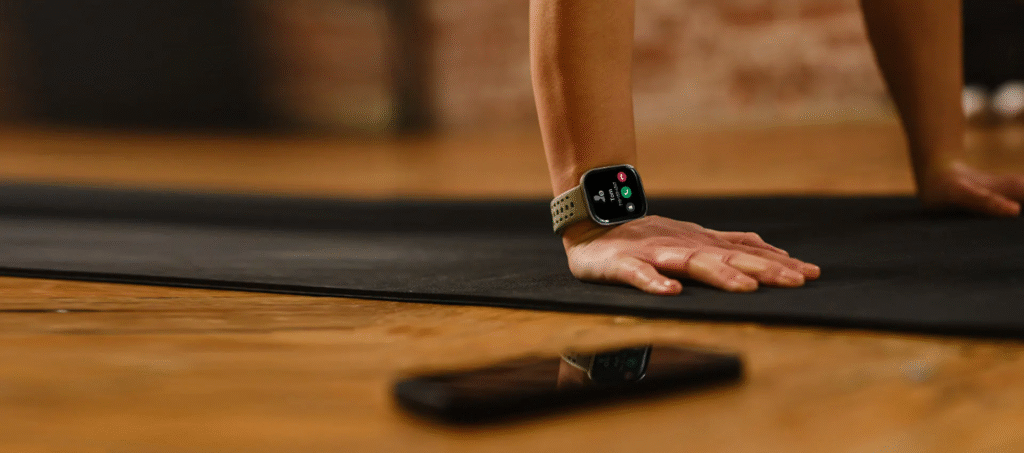
While third-party app support remains limited (no Spotify or Google Maps), the essentials—music controls, weather, alarms, and timers—work flawlessly. Zepp Flow voice commands are instantaneous when I hold down the side button, making quick queries a breeze.
Key software notes:
- Fluidity: Both watches run Zepp OS with minimal frame drops.
- Voice Assistant: Zepp Flow handles data queries and workout launches.
- NFC Payments: Active 2 premium only; Bip 6 does not support NFC.
- Offline Maps & Calls: Exclusive to Bip 6 for navigation and on-watch calling.
If you crave a polished circular UI and optional contactless payments, the Active 2 is your champion. But for a more spacious interface, offline maps, and on-wrist calling at a lower price, the Bip 6 steps into the spotlight.
Battery Life & Charging
Long battery life is arguably the most critical feature of any budget smartwatch. Both of these Amazfit models deliver marathon-level endurance.

With notifications on, continuous heart-rate and SpO₂ monitoring, sleep tracking, and two 30-minute GPS workouts, the Active 2 dropped from 100% to about 20% after 10 days.
A single 90-minute charging session (using its compact magnetic puck) restored it to full in roughly 1.5 hours.
The Bip 6 pushes even further. Under the same usage pattern—but with the always-on display enabled—I saw it dip only to 25% after 8 days, projecting around 10–12 days of heavy use and up to 14 days of light use.
Its charging puck attaches to any USB-C cable, which means I never scrambled for the “right” cord.
My real-world data:
- Active 2:
- 10 days typical use (21 hrs GPS)
- 1.5 hrs full charge via proprietary magnetic charger
- Bip 6:
- 10–12 days heavy use, 14 days light use
- 1.5 hrs full charge via USB-C–compatible magnetic puck
If you live for extended adventures off the grid, the Bip 6’s extra days of juice edge it ahead. But the Active 2’s solid week-plus battery, combined with its premium charging puck, still impresses in its own right.
Fitness & Health Tracking
Both watches pack a comprehensive suite of sensors and exercise modes designed to keep you honest.
The Active 2 boasts 164 sport modes, featuring automated rep counting for 25 strength-training movements and AI-generated custom workout plans.
Its health dashboard tracks heart rate, SpO₂, stress levels, sleep stages, and even an advanced Readiness score with HRV insights. Evening breathing reminders gently coax me to decompress after busy days.
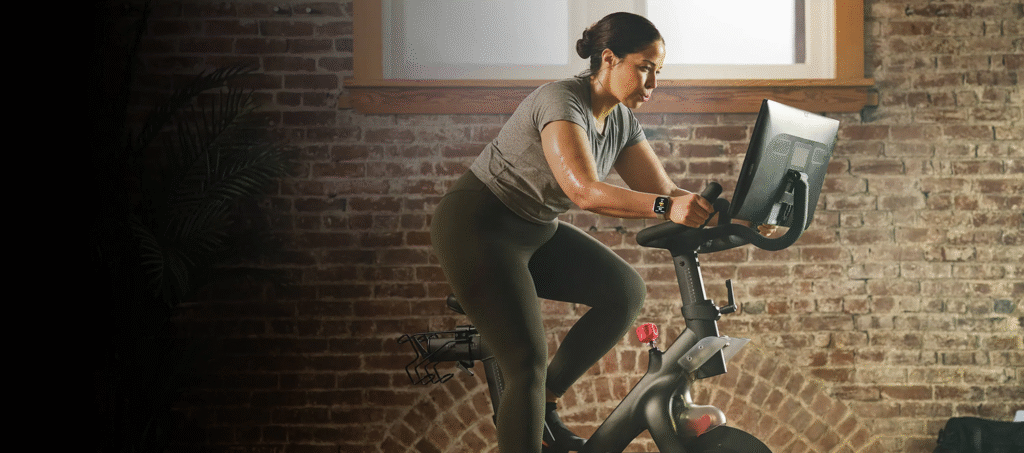
The Bip 6 counters with 140+ workout types, from running and cycling to niche activities like kiteboarding and foosball. Its built-in dual-band GPS locks onto satellites in seconds, mapping routes within a meter of accuracy.
The Zepp companion app also lets me scan food barcodes, logging calories right on my watch—a surprisingly handy feature.
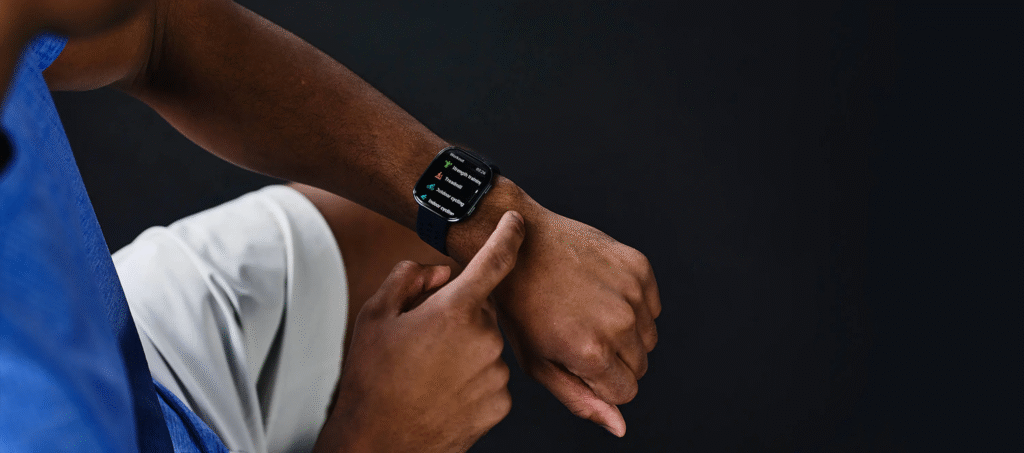
Accuracy-wise, I compared both to an Apple Watch Ultra 2 during a 5 km run. The Active 2 clocked within 0.02 km of distance and within 1 bpm of my chest strap. The Bip 6 matched within 0.05 km and 3 bpm—dead-on for budget hardware.
Highlighted features & specs:
- Active 2:
- 164 sport modes
- 25 auto rep-counting exercises
- AI workout plans
- Health suite: HR, SpO₂, stress, sleep, HRV
- Bip 6:
- 140+ sport modes
- Dual-band GPS routing
- On-watch food barcode scanner
- Health metrics: HR zones, VO₂ Max, readiness
If you’re a gym rat seeking advanced strength features and AI coaching, the Active 2 delivers. For outdoor enthusiasts and casual users craving efficient mapping and simple food logging, the Bip 6 more than suffices.
Related:Huawei Watch Fit 4 Pro Review
Connectivity & Smart Features
Beyond workouts, these watches excel at keeping you connected—without draining the battery.
The Active 2 uses Bluetooth 5.2 to sync notifications, control music, and handle calls via your phone. Its Zepp Flow assistant responds to voice prompts, giving on-demand updates on weather, steps, and reminders. Premium models add Zepp Pay NFC, letting you tap to pay with a double-press of the button.
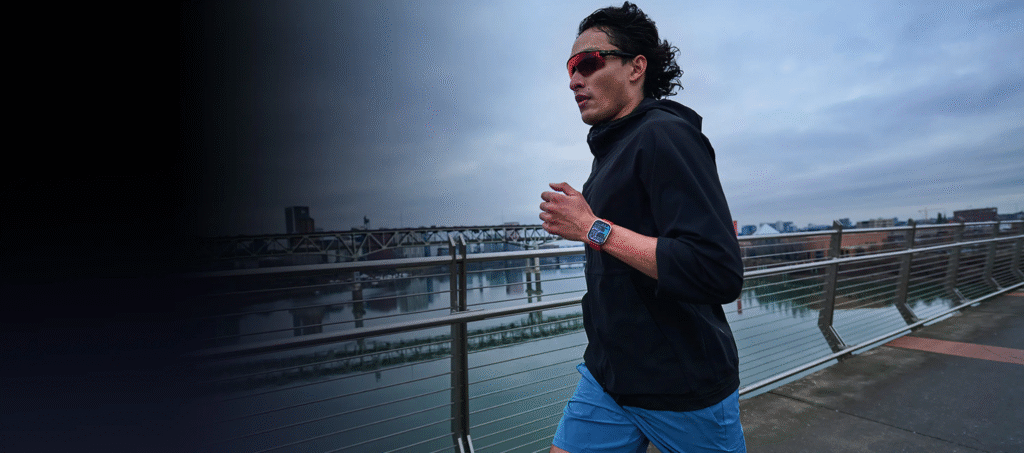
On the Bip 6, Bluetooth 5.2 also powers on-watch calling—complete with a built-in mic and speaker—so you can answer calls without your phone.
Offline maps let you download regions for turn-by-turn navigation, straight from your wrist. Quick replies, find-my-phone, and on-wrist camera shutter controls round out the package.
Key connectivity breakdown:
- Active 2:
- Bluetooth 5.2 for calls & music controls
- Zepp Flow AI assistant
- Zepp Pay NFC (premium only)
- Bip 6:
- Bluetooth 5.2 calling with mic & speaker
- Offline maps & routing
- Quick replies & multimedia controls
Neither supports third-party app downloads, but for messaging, calls, payments (Active 2 premium), and navigation (Bip 6), they cover the essentials with finesse.
User Experience & Practicality
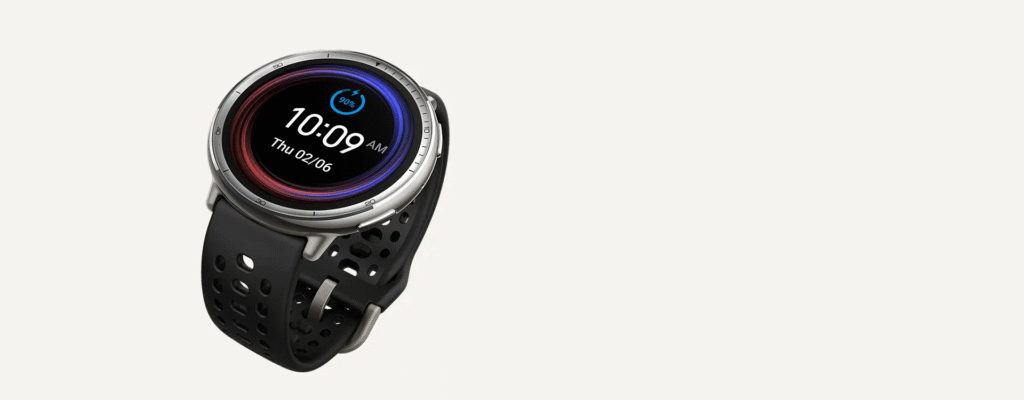
Daily life tests reveal the true character of any gadget. Here’s how these watches fared in my routine.
Comfort & Wearability:
The Bip 6’s ultra-light 27.9 g frame vanished on my wrist—even during my toughest HIIT sessions. The Active 2, slightly heavier, still passed the all-day comfort test, especially once I upgraded to the premium leather strap for office wear.
Interface & Navigation:
I found the Active 2’s circular UI intuitive for quick swipes, but reading longer texts on the Bip 6’s larger screen proved easier. Haptic feedback on both is satisfying, though the Bip 6’s vibrations feel a touch stronger.
Durability:
Both watches shrugged off knocks, sweat, and showers without a hint of damage. The tempered glass on each resisted scratches through daily commutes and gym sets.
Reliability:
Notifications arrived promptly, alarms rang on time, and Zepp’s app stayed in sync without glitching. The only hiccups were occasional Bluetooth dropouts when I left my phone behind—but reconnection was instantaneous once back in range.
Cold-Weather Performance:
Even in early-morning runs at 10 °C, touchscreen responsiveness remained unwavering on both devices.
Overall, the Bip 6 wins on pure comfort and screen practicality, while the Active 2 edges ahead in interface elegance and strap versatility.
Pricing & Value for Money
At the end of the day, price often sways the decision more than specs alone.
For under $80, the Bip 6 delivers an astonishing feature set: a massive AMOLED display, two-week battery life, GPS, offline maps, and on-watch calls. That level of functionality used to cost twice as much.
The Active 2 at $99 undercuts many round smartwatches with its polished steel design, vibrant screen, and AI workout coach—though you must upgrade to the $129 tier for NFC payments and sapphire-glass durability.
If contactless on-wrist purchases and the highest scratch resistance matter to you, the premium Active 2 can justify its price.
Value Insight:
- Bip 6: Best-in-class budget performer at sub-$80.
- Active 2: Premium styling and AI features at a still-competitive $99, with optional NFC at $129.
Final Verdict & Pros & Cons Summary
After extensive side-by-side testing, here’s how I’d sum them up:
| Model | Pros | Cons |
|---|---|---|
| Amazfit Active 2 | • Premium round design with stainless-steel bezel | |
| • 1.32″ AMOLED (466 × 466 px) @2,000 nits | ||
| • 164 sport modes + AI workout coach | ||
| • Zepp Pay NFC (premium) | • Slightly heavier | |
| • NFC locked behind $129 tier | ||
| Amazfit Bip 6 | • 1.97″ AMOLED (390 × 450 px) @2,000 nits | |
| • 14-day battery (light use) | ||
| • Built-in calls & offline maps | ||
| • $79.99 price point | • Limited third-party apps | |
| • Occasional sleep-tracking misclassifications |
My pick:
- Choose Active 2 if you want a classic look, AI-driven workouts, and optional NFC payments.
- Choose Bip 6 if you crave maximum screen size, offline navigation, and marathon battery life—all at an unbelievably low price.

